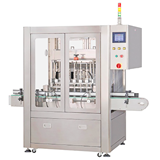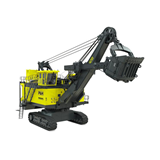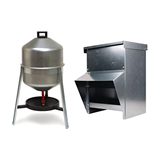Its status as a hot commodity was confirmed in August this year when BHP Billiton – the world’s biggest mining company - bid $US40 billion for Potash Corporation of Saskatchewan (PCS).
A huge offer, it proved that in the world of bulk materials, this essential component of fertilizer was the next new thing. So what’s so special about potash?
Potash is the name given to various forms of the element potassium, which is essential to all plant and animal life.
Australia’s potassium-impoverished soils suck in $200 million worth of potash annually. The USA, China, India, and Brazil import much more. And potash is attracting serious investor interest because of its critical role in food production.
Attendees to the International Grains Forum in Perth this month (December, 2010) heard that the global population is expected to reach nine billion by 2050. The populations of China and India will spend increasing amounts of money on food. Food production will have to increase to match demand. Potash is a finite resource. Its price will rise.
Doug Young from ActivEX, a potash explorer listed on the Australian Securities Exchange agreed. "The long-term outlook for Potash is positive with sustained high prices predicted due to increasing demand for foodstuffs and the competing demands on agricultural products for fuel stocks," he said.
Apart from Canada, the other large potash deposits are found in Belarus and Russia but the likelihood of rising prices will encourage exploration of other potential sources.
Perhaps the most likely looking at the moment is South Boulder Mines, which has commenced a scoping study on the viability of open cut mining at its Colluli project in Eritrea, which it describes as the "world’s shallowest potash deposit".
"Open cut mining is not a tried and true method of mining potash because all of the worlds significant bedded potash deposits occur at and are currently being mined at depth," South Boulder Mines executive director Liam Cornelius told IndustrySearch.com.au.
"The (Colluli Deposit) is unique in the world in that it is so shallow. We’ve got it starting at 22 metres from surface and we’d be mad not to look at the open cut option in the current scoping study."
The reference to depth is significant. Canada’s potash reserves are deep below the surface. Accessing them by conventional mining methods is expensive and requires complex engineering.
Mining potash using conventional underground mining methods is generally only commercial when the deposits are less than 1100 metres from the surface. It is instructive that while the potash-rich Canadian province of Saskatchewan hosts 17 potash operations, no new mines have been constructed there in the past 40 years.
An alternative mining method to deep underground mining involves pumping the potash out of the ground in solution. This is possible because potash is an evaporite, meaning it dissolves in liquid. Heated brine is pumped into the potash deposits through boreholes and the resultant solution brought to the surface for drying.
The most significant cost variable in solution mining is the fuel required to heat the brine. As the potash price rises we may see more attention focused on solution mining proposals in places like West Australia and the Northern Territory where deposits, which may be amenable to solution extraction, have been identified. If potash prices continue rising and land access can be obtained from indigenous owners, a new industry awaits.

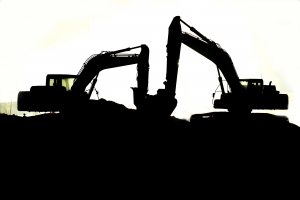
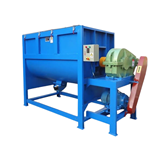
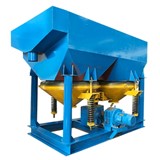




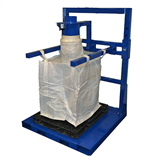
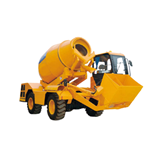



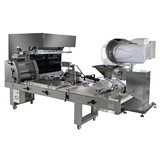

-160x160-state_article-rel-cat.png)
